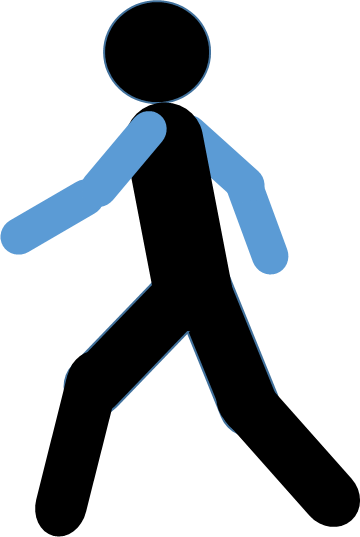Changes in the behaviour of monocyte subsets in acute post-traumatic sepsis patients.
Abstract
Trauma remains a major public health problem worldwide, marked as the fourth leading cause of death among all diseases. Trauma patients who survived at initial stages in the Emergency Department (ED), have significantly higher chances of mortality due to sepsis associated complications in the ICU at the later stage. There is paucity of literature regarding the role of circulating monocytes subsets and development of sepsis complications following trauma haemorrhagic shock (THS). The study was conducted to investigate the circulating level of monocyte subsets (Classical, Inflammatory, and Patrolling) and its functions in patients with acute post-traumatic sepsis. A total 72, THS patients and 30 age matched healthy controls were recruited. Blood samples were collected at different time points on days 1, 7, and 14 to measure the serum levels of cytokines by Cytometric bead assay (CBA), for the immunophenotyping of monocytes subsets, and also for the cell sorting of monocytes subsets for the functional studies. The circulating levels of monocytes subsets were found to be significantly differs among THS patients, who developed sepsis when compared with others who did not. The levels of patrolling monocytes were elevated in THS patients who developed sepsis and showed negative correlation with Sequential organ failure assessment (SOFA) score on days 7 and 14. Classical monocytes responded strongly to bacterial TLR-agonist (LPS) and produced anti-inflammatory cytokines, whereas patrolling monocytes responded with viral TLR agonist TLR-7/8 (R848) and produced inflammatory cytokines in post-traumatic sepsis patients. In conclusion, this study shows disparity in the behaviour of monocytes subsets in patients with acute post-traumatic sepsis.
| Authors: | Gupta DL, Sharma A, Soni KD, Kazim SN, Bhoi S, Rao DN. |
|---|---|
| Journal: | Mol Immunol . 2021 Aug;136:65-72. doi: 10.1016/j.molimm.2021.04.005. |
| Year: | 2021 |
| PubMed: | PMID: 34087625 (Go to PubMed) |

